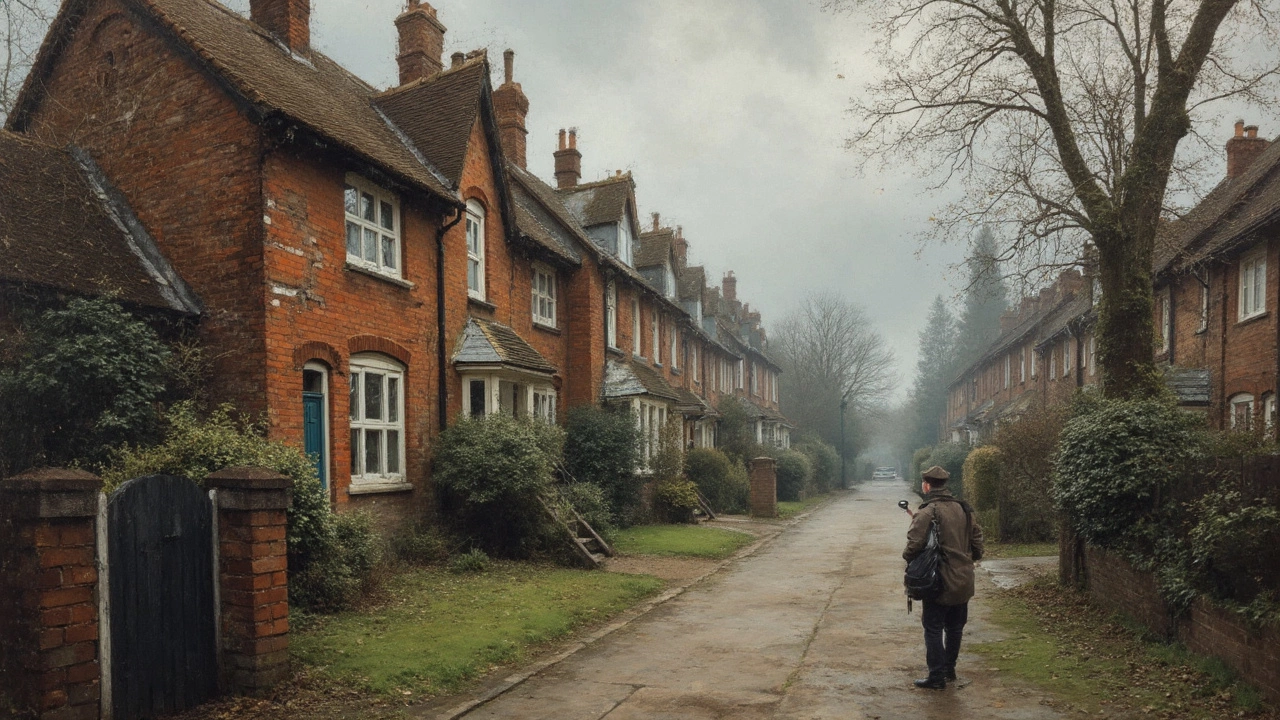Property Damage: What Happens, How to Spot It, and What to Do
When something goes wrong in your home, the first thing you notice is usually a mess – a damp spot on the ceiling, a crack in the wall, or a musty smell. Those signs are the early warnings of property damage, and catching them fast can save you money and stress. Let’s walk through the most common problems and what you can do right now.
Typical causes you might see around the house
Water is the biggest troublemaker. A leaky pipe, a busted faucet, or a roof that lets rain in can soak wood, drywall, and concrete in minutes. Those wet patches turn into rot, mold, and structural weakness. Speaking of structure, foundation cracks often start small – a hairline line in a slab or a shifting brick. Over time they grow, letting water seep in and causing uneven floors.
Roof issues are another headline. Missing shingles, cracked flashing, or clogged gutters let rain find its way into the attic. When water sits, it weakens roof decking and can ruin insulation. Mold shows up when moisture hangs around for days, especially in bathrooms, basements, and behind appliances. It spreads spores, triggers allergies, and can even damage paint and fabric.
Don’t forget about HVAC and plumbing. A busted HVAC drain line or a faulty washing machine hose can flood a room without you hearing a sound. Even a tiny drop from an aging pipe can erode plaster and cause hidden rot behind walls.
Practical steps to handle the damage
First, stop the source. If you see a leak, shut off the water valve under the sink or at the main line. For roof leaks, place a bucket and move any valuables out of the way. Quick actions keep the problem from spreading.
Next, dry the area. Use towels, fans, or a dehumidifier to pull moisture out fast. The longer something stays wet, the more likely mold will grow. If you spot mold, don’t try to scrub it with bleach unless it’s a tiny patch – professional removal is safer and more thorough.
Check for structural signs. Are doors sticking? Is the floor uneven? Those are clues that a foundation crack may be serious. In that case, call a specialist to assess the shift and recommend repair methods such as epoxy stitching or piering.
Document everything. Take photos of the damage, note when it started, and keep receipts for any temporary fixes you do yourself. This record is handy if you need to file an insurance claim.
When the damage is beyond a DIY fix – like large cracks, extensive roof repair, or hidden pipe bursts – reach out to a reputable contractor. A professional will locate the hidden source, recommend the right materials, and guarantee the work. At McNeil Plumbing & Construction Services we combine plumbing know‑how with construction expertise to restore homes quickly and safely.
Finally, think about prevention. Regularly inspect roofs, gutters, and visible pipes. Keep the ground around your house sloped away from the foundation. Use a moisture meter in basements to catch hidden dampness early. A little routine maintenance now stops big headaches later.
Property damage doesn’t have to ruin your life. Spot the signs, act fast, and get the right help when you need it. Your home will stay solid, dry, and comfortable for years to come.


